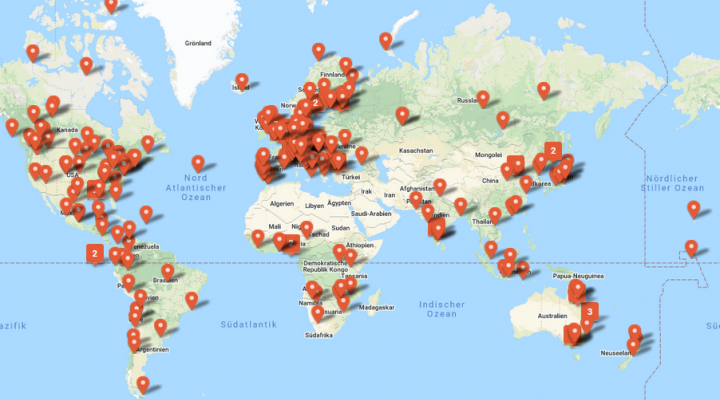About this collection
The place and importance of religion in environmental studies and the environmental humanities remains somewhat contested. For scholars both within and beyond religious studies, religion is often understood to contribute to environmental harms owing to religionists’ presumed investment in human exceptionalism, otherworldly commitments, anthropocentric values, or anti-science worldviews. Many religion scholars have responded to the association of religion with negative environmental outcomes by pointing to the myriad ways in which religious teachings can productively be extended to nonhuman life or interpreted in ways that cast religious traditions in a “green” light. Less attention is often paid to the ways in which ostensibly secular practices and values are themselves expressive of religion and spirituality, broadly construed. Moreover, scholarship that explores links between religion and the environment, or religion and ecology, may overlook forms of religiosity that do not fall neatly within a world religions paradigm that organizes religions into a limited set of discrete traditions understood to have a “global” presence or relevance. While many environmental issues today are regarded as global in scale, these phenomena always manifest locally, with particular meanings and in particular times and places.

Lisa H. Sideris is a professor of Religious Studies at Indiana University, with research interests in science, religion, and the environment. In 2021, she will join the Environmental Studies Program at the University of California, Santa Barbara.
Lisa H. Sideris is a professor of Religious Studies at Indiana University, with research interests in science, religion, and the environment. In 2021, she will join the Environmental Studies Program at the University of California, Santa Barbara.
(c) Lisa H. Sideris
The copyright holder reserves, or holds for their own use, all the rights provided by copyright law, such as distribution, performance, and creation of derivative works.
A more capacious interpretation of religion may allow us to appreciate additional ways in which certain practices and beliefs, past and present, function religiously in people’s lives, assume a religious or spiritual quality, or are religion-resembling. Combining a broader understanding of religion with a focus on particular places enables the production of more nuanced scholarship on religion and the environment. This work can complicate common stereotypes and generalizations, and potentially overturn longstanding assumptions about the limited ways in which religion intersects with environmentalism and the study of religion contributes to the environmental humanities.
Topics for this collection may include, but are not limited to, the following (note that these need not have a contemporary focus):
Wilderness/Wildness in the Religious Imaginary • Sacred Places and Desecration • Religion and Environmental Grief, Mourning and Loss • The Anthropocene and/as Religion • Extinction in the Religious Imaginary • Environmental Apocalypse • Religious & Spiritual Environmental Practices • Nature-based Religious Ritual • Environmental Awe & Wonder • Environmental Protest and/as Religion • Environmental Apocalypse • Religion and Agency/Personhood of Nonhuman Nature • Religion, Nativity, and Alienation • Religion and Place-based Environmental Justice • Encounters between Religion, Science, and Environmentalism • Environmental Technologies and/as Religion
This collection is curated by Lisa H. Sideris, Indiana University.
Click here for submission guidelines and our latest call for papers.














